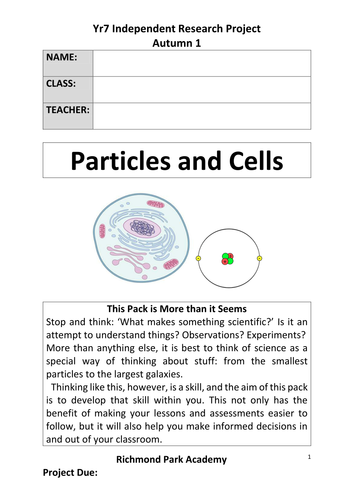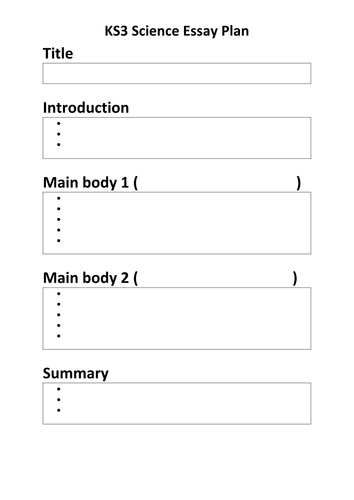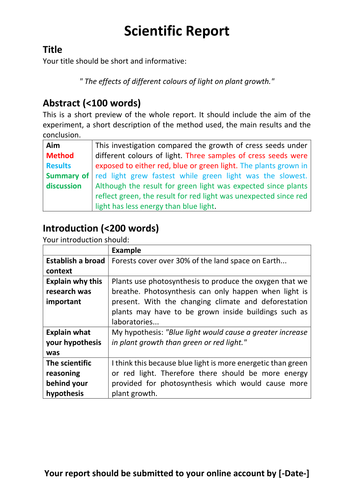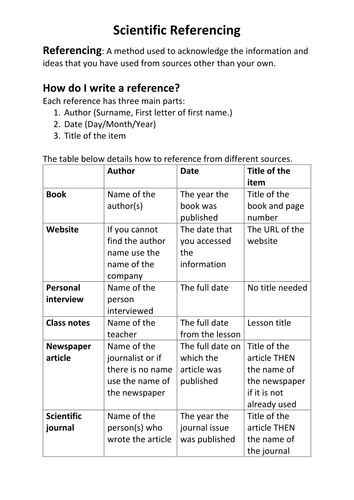243Uploads
111k+Views
55k+Downloads
Chemistry

C2.4 Group 7 Halogens
AQA GCSE Sciences (9-1)
Chemistry: C2 The periodic table
Lesson 4: C2.4 Group 7 Halogens
Based on the Kerboodle Resources
The AQA Kerboodle worksheet are not included so as to be acting within the TES code of conduct.
Keywords: Displacement reaction, Halogens, Halides

C2.3 Group 1 Alkali metals
AQA GCSE Sciences (9-1)
Chemistry: C2 The periodic table
Lesson 3: C2.3 Group 1 Alkali metals
Based on the Kerboodle Resources
The AQA Kerboodle worksheet are not included so as to be acting within the TES code of conduct.
Keywords: Alkali metals

C2.2 Electronic structure and the periodic table
AQA GCSE Sciences (9-1)
Chemistry: C2 The periodic table
Lesson 2: C2.2 Electronic structure and the periodic table
Based on the Kerboodle Resources
The AQA Kerboodle worksheet are not included so as to be acting within the TES code of conduct.
Keywords: Shells, Electronic structure, Noble gases

C2.1 Development of the periodic table
AQA GCSE Sciences (9-1)
Chemistry: C2 The periodic table
Lesson 1: C2.1 Development of the periodic table
Based on the Kerboodle Resources
The AQA Kerboodle worksheet are not included so as to be acting within the TES code of conduct.

C1.8 Electronic structure
AQA GCSE Sciences (9-1)
Chemistry: C1 Atomic structure
Lesson 8: C1.8 Electronic structure
Based on the Kerboodle Resources
The AQA Kerboodle worksheet are not included so as to be acting within the TES code of conduct.
Keywords: Shells, Electronic structure, Nobel gases

C1.7 Ions, atoms, and isotopes
AQA GCSE Sciences (9-1)
Chemistry: C1 Atomic structure
Lesson 7: C1.7 Ions, atoms, and isotopes
Based on the Kerboodle Resources
The AQA Kerboodle worksheet are not included so as to be acting within the TES code of conduct.
Keywords: Ion, Isotopes

C1.6 Structure of the atom
AQA GCSE Sciences (9-1)
Chemistry: C1 Atomic structure
Lesson 6: C1.6 Structure of the atom
Based on the Kerboodle Resources
The AQA Kerboodle worksheet are not included so as to be acting within the TES code of conduct.
Keywords: Protons, Neutrons, Electrons, Atomic number, Mass number

C1.5 History of the atom
AQA GCSE Sciences (9-1)
Chemistry: C1 Atomic structure
Lesson 5: C1.5 History of the atom
Based on the Kerboodle Resources
The AQA Kerboodle worksheet are not included so as to be acting within the TES code of conduct.
Keywords: Nucleus, Proton, Neutron, Electron

C1.4 Chromatography
AQA GCSE Sciences (9-1)
Chemistry: C1 Atomic structure
Lesson 4: C1.4 Chromatography
Based on the Kerboodle Resources
The AQA Kerboodle worksheet are not included so as to be acting within the TES code of conduct.
Keywords: Retention factor

C1.3 Separating mixtures
AQA GCSE Sciences (9-1)
Chemistry: C1 Atomic structure
Lesson 3: C1.3 Separating mixtures
Based on the Kerboodle Resources
The AQA Kerboodle worksheet are not included so as to be acting within the TES code of conduct.
Keywords: Distillation, Crystallisation, Filtration, Chromatography

C1.2 Chemical equations
AQA GCSE Sciences (9-1)
Chemistry: C1 Atomic structure
Lesson 2: C1.2 Chemical equations
Based on the Kerboodle Resources
The AQA Kerboodle worksheet are not included so as to be acting within the TES code of conduct.
Keywords: Reactants, Products, Word equations, State symbols, Aqueous solutions

C1.1 Atoms and compounds
AQA GCSE Sciences (9-1)
Chemistry: C1 Atomic structure
Lesson 1: C1.1 Atoms and compounds
Based on the Kerboodle Resources
The AQA Kerboodle worksheet are not included so as to be acting within the TES code of conduct.
Keywords: Atoms, Nucleus, Electrons, Protons, Neutrons, Elements, Groups

Year 7 Homework Booklet (Particles and Cells)
This booklet was created to ensure consistency, and to develop scientific thinking skills. We have so much content to cover in lessons so this is a home resource which is designed to override homework. These activities include stop-motion activities, building 3D models and also scientific methods. Students should spend 6-8 hours in total on this booklet - a timetable is also incorporated in the booklet so that students can plan out which activities to attempt throughout the weeks before the due date.
As mentioned in the title, the two content units are Particles and Cells but at the end, there is also a scientific skills section which walks students through the scientific method. They will end up creating their own scientific questions, plan an investigation and write it out.
This booklet is 26 pages long but saves a lot of space by linking youtube videos where students will gain the necessary knowledge needed to complete the various sections (we all know students don't like reading a lot of information).
Also incorporated are GCSE questions that link to the KS3 content.
I hope you find this resource useful - Lagoondry

KS3 Science Complete Extended Writing Task (Yr7-8)
Best used just before or after finishing a topic - an ideal activity for deep marking.
Each slide contains a set of connective and also prompt ideas.
Topics included:
* Adaptation, Neutralisation, Particle theory, Detecting sound, Puberty, Drugs and health, Fossil fuels.
* Respiration, Rock cycle, Payback-time, Digestion, Diffusion, Acidification of forests, Pollination, Earth and space

KS3 Science Yr8 Chemistry Student response sheets
A collection of student feedback sheets based on exam style questions.
Best used when you have identified an area of weakness.
This should help make marking meaningful.
Topics include Periodic Table, Separation Techniques, Metals and acids, The Earth

KS3 Science Yr7 Chemistry Student response sheets
A collection of student feedback sheets based on exam style questions.
Best used when you have identified an area of weakness.
This should help make marking meaningful.
Topics include Particles, Elements and compounds, Reactions, Acids and alkalis

KS3 Scientific Essay Plan
I found that a lot of my KS3 were simply copying and pasting information for homework.
This was designed to get them to have to think critically about the information they are including.
Ideally, they follow the plan and you give feedback which they use along with the plan to write the actual essay.

Scientific Report
Models how students should write out a scientific report:
*) Abstract
*) Introduction
*) Method
*) Results
*) Discussion

Scientific Referencing
This is probably most appropriate for A-Level and GCSE students but I have been pushing my top KS3 students to get used to this way of writing.
Shows how to reference: books, videos, websites etc..

Science 101 (Introduction lesson 1/4)
Designed to be the first lessons for Year 7s (1/4).
Learning outcomes: (*) State what an observation is. (*) Describe the difference between observation and inference. (*) Use data to formulate an inference about fossil distribution.
Also included are sentence types (Simple, Compound, Complex) with scientific examples to build literacy skills in later lessons.




















